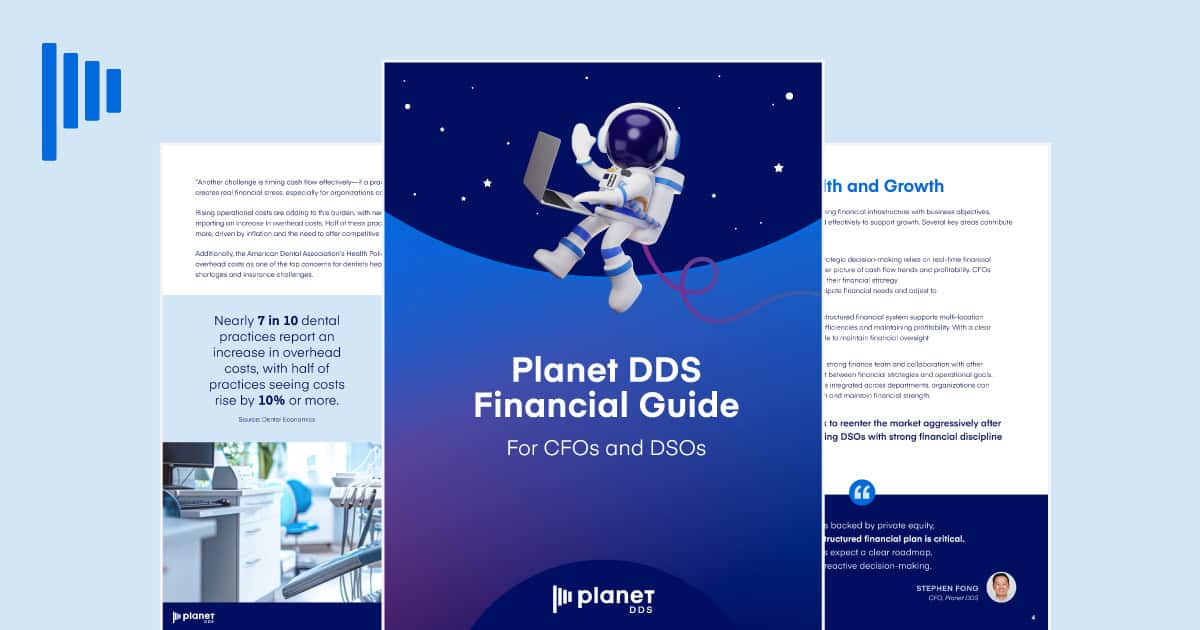How Much Do Dental Digital Intraoral Sensors Cost?

Intraoral digital sensor prices can run the gamut. As of the writing of this blog, sensors can start at approximately $2,000 for a Jazz Solo sensor and can cost upwards of $6,000 for a Planmeca sensor and over $11,000 for a Gendex sensor. But that’s not the only cost in owning a digital intraoral sensor. Let’s look at all the upfront and recurring costs of owning a sensor.
How Much Does a Digital Intraoral Sensor Cost?
On the affordable end of the spectrum, you can expect to pay about $2,000, and on the high end, prices can exceed $11,000 for the sensor itself. These prices are for a single sensor, so your costs will be threefold if you have three operatories and need three sensors. These retail prices represent how much you can expect to pay out the door for the sensor and which typically comes with an initial manufacturer’s warranty.
How Much Does Extended Warranty Cost?
Included with your sensor purchase is the initial warranty, which may cover manufacturing defects in the first year or so. Be sure to read the terms of your warranty so you understand what’s covered and what isn’t. For example, if your initial warranty only covers manufacturing defects, that means you are only covered if there was some error in the design or production of the sensor causing it to not work properly. So, it would not include coverage for accidental damage if the product itself had no manufacturing defects.
And depending on the terms of your warranty, repairs for accidental damage may not be included, or you may have to purchase additional extended warranties at an additional charge.
Extended warranties for sensors can range between $1,000 to $2,000 per year and can provide the option to borrow a sensor while your sensor is being repaired. These annual costs for extended warranties or rental costs can buy you peace of mind, but also significantly increases the cost of ownership. Although sensors can last a long time, at some point, you have to decide if it’s worth it to continue paying for the extended warranty or paying for repairs on an older sensor. As the sensor technology gets dated, you may decide it makes more sense to purchase a new one.
How Much Does Sensor Repair Cost?
The most common type of repair required for sensors is damage to the cable. With the number of times the cable gets bent daily, the wires inside can break over time. Repairs for a new cable can start at approximately $1,000.
A less common but more severe type of repair is damage to the sensor itself. The housing of the sensor can get damaged by improper or careless handling. Because the internal electronics of the sensor are much more complex than a cable, the sensor may be deemed irreparable or the repairs might be very costly.
As with any repair of any hardware that your office regularly uses, you also want to consider the “cost” of going without the sensor when it’s out for repair and may need to rent one temporarily.
How Much Does Imaging Software Cost?
Costs related to imaging software can range from bundled (“free”) with sensor purchase to costing several thousands of dollars.
- Software License Fees: Can range from “free” up to $4,000 for a single location practice.
- Conversion Fees: If you’re switching from another system, you’ll want to factor in the cost of data conversion, which can cost $1,000 and up, depending on how complex the conversion is.
- Data Bridge: This can range from “free” to up to $2,000 if you need bridge software to connect with your practice management solution.
Also, keep in mind that if the software comes “free,” it’s usually proprietary, meaning it won’t work with sensors by other manufacturers, and if you decide to switch, you may have to pay for a costly conversion.
Cost-Saving Option: You can opt for a much more affordable open architecture, open format, cloud-based monthly subscription for imaging software, giving you anywhere, anytime access, universal compatibility with all major sensors, and saves in standard DICOM format.
How Much Do Imaging Servers Cost?
If you opt for on-premise imaging software, you’re choosing to house your imaging data in-house in servers. With this option, one of the most significant expenses related to managing dental images is going to be your servers. The cost of a new server can range from $3,000 to $10,000 per office, depending on how much data you have. For DSOs, a central server can cost over $100,000! In addition to the server itself, you’ll also need to pay for disaster recovery, backup service, IT security, and maintenance, which can total an extra $500 per month or $6,000 per year. Since servers become obsolete approximately every three years, the server will need to be replaced periodically. Replacing servers is a recurring cost that’s likely to go up as you’ll require larger server sizes as your database grows.
Cost-Saving Option: You can opt for a cloud-based imaging software that lets you store images in the cloud to reduce all your IT costs significantly. A single, affordable monthly subscription can give you disaster recovery, backup service, advanced security, and free updates/upgrades.
How Much Does Imaging Software Training and Support Cost?
Training for imaging software doesn’t usually require too much of a time investment. Typically, most users feel confident with a few hours of remote training.
Support costs, on the other hand, are ongoing and can add up quickly. In fact, in some cases, support costs can approach the entire monthly price of a cloud-based imaging subscription, which includes technical support. Monthly support can cost up to $200 per month or $2,400 a year. So if you choose an on-premise, server-based system, make sure you factor in the cost of monthly support to see if a cloud solution would give you a lower and more predictable monthly cost.
Cost-Saving Option: Opt for a cloud-based monthly subscription with lifetime support included.
Adding It All Up
Whether you choose to go with an affordable sensor or buy the top-of-the-line sensor, it’s clear that the price of the actual sensor represents a small part of the total cost of owning a sensor.
No matter what sensor you choose to go with, Apteryx Imaging XVWeb imaging software offers the most value. With its cloud-based subscription, you’ll enjoy low and predictable monthly costs. Over time, you’ll reap even more cost savings with drastically reduced IT costs and no extra fees for technical support. Your XVWeb subscription includes data backups, the highest levels of security, and free updates and upgrades. XVWeb is device agnostic, meaning you can use it with all major sensors, hardware, and practice management solutions. It’s also fully DICOM-compatible meaning it saves in a format that’s readable by most digital imaging devices on the market, enabling integration with the widest range of devices.
Learn more about how XVWeb is the clear choice for dental imaging software. Contact us for a no-obligation quote to learn more.



